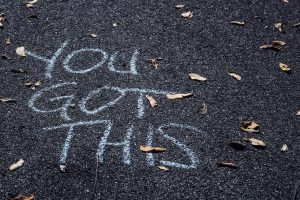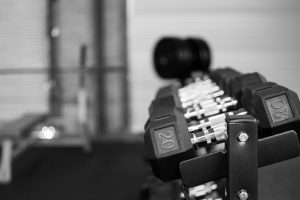Healthy bones get built when we’re young. That means that as children and teens and even into our 20s, what we do matters!
Impact exercises, like playing soccer, gymnastics, or tennis build up our bones and can significantly help us live healthier lives free from injury while we age.
Did you plan for that? No? Neither did I. Although this seems like a bleak reality because we can’t turn back time, we can still do so much for our bones – and the time to start is right now!
Bones provide structure, protects organs, anchors muscles and stores calcium; they provide the body with a frame that allows for mobility and for protection against injury.
Porous bones and bones that are brittle, can break easily from a fall, a twist or even a sneeze.
Our bones are continuously changing — new bone is made and old bone is broken down. Although bones stop growing in length when we are about 20 years old, they change shape and thickness and continue accruing mass when stressed (think impact!!). Bones continue getting denser until they reach what experts call peak bone mass, the point when you have the greatest amount of bone you will ever have and that usually happens between the ages of 18 and 25. The more you have acquired in your ‘bone bank’ at the peak of your bone development, the better chance you have of preventing osteoporosis.
So, is it too late to think about bone health over 40? What about people in their 50s or 60s? Even if you are getting a late start in the game, all is not lost, in fact, far from it. At any stage of life, there is always much to do.
For starters, encourage your children to run, jump and play hard. Getting the recommended vitamins and minerals in a well balanced diet is important for good bone health too.
Most importantly, there are principles we can incorporate in our fitness and lifestyle routines that serve an important role in safeguarding our health at any age!
Keep these principles in mind every day and with every workout: **
Strength – strength train three times a week – perform muscle resistance exercises such as lifting weights or bodyweight exercises that get progressively more difficult.
Impact – everyday strive to perform weight bearing impactful exercises like jumping rope, hoping, skipping or stamping your feet.
Balance – Increase balance with single leg exercises or exercises in tandem positions such as back lunges.
Posture – Always use safe lifting and moving techniques as well as strengthening back and core musculature to achieve proper alignment.
Questions on how to incorporate safe bone building and balance exercises into your daily workout routine? I would be thrilled to help!
**If you have osteoporosis, current fractures or past fragility fractures, please consult your doctor, physical therapist or a knowledgeable personal trainer before attempting any exercise program. A doctor should always be consulted to get the go ahead before any exercise program.
Healthy bones get built when we’re young. That means that as children and teens and even into our 20s, what we do matters!
Impact exercises, like playing soccer, gymnastics, or tennis build up our bones and can significantly help us live healthier lives free from injury while we age.
Did you plan for that? No? Neither did I. Although this seems like a bleak reality because we can’t turn back time, we can still do so much for our bones – and the time to start is right now!
Bones provide structure, protects organs, anchors muscles and stores calcium; they provide the body with a frame that allows for mobility and for protection against injury.
Porous bones and bones that are brittle, can break easily from a fall, a twist or even a sneeze.
Our bones are continuously changing — new bone is made and old bone is broken down. Although bones stop growing in length when we are about 20 years old, they change shape and thickness and continue accruing mass when stressed (think impact!!). Bones continue getting denser until they reach what experts call peak bone mass, the point when you have the greatest amount of bone you will ever have and that usually happens between the ages of 18 and 25. The more you have acquired in your ‘bone bank’ at the peak of your bone development, the better chance you have of preventing osteoporosis.
So, is it too late to think about bone health over 40? What about people in their 50s or 60s? Even if you are getting a late start in the game, all is not lost, in fact, far from it. At any stage of life, there is always much to do.
For starters, encourage your children to run, jump and play hard. Getting the recommended vitamins and minerals in a well balanced diet is important for good bone health too.
Most importantly, there are principles we can incorporate in our fitness and lifestyle routines that serve an important role in safeguarding our health at any age!
Keep these principles in mind every day and with every workout: **
Strength – strength train three times a week – perform muscle resistance exercises such as lifting weights or bodyweight exercises that get progressively more difficult.
Impact – everyday strive to perform weight bearing impactful exercises like jumping rope, hoping, skipping or stamping your feet.
Balance – Increase balance with single leg exercises or exercises in tandem positions such as back lunges.
Posture – Always use safe lifting and moving techniques as well as strengthening back and core musculature to achieve proper alignment.
Questions on how to incorporate safe bone building and balance exercises into your daily workout routine? I would be thrilled to help! Contact me for a complimentary workout session and we’ll tackle it together.
**If you have osteoporosis, current fractures or past fragility fractures, please consult your doctor, physical therapist or a knowledgeable personal trainer before attempting any exercise program. A doctor should always be consulted to get the go ahead before any exercise program.



